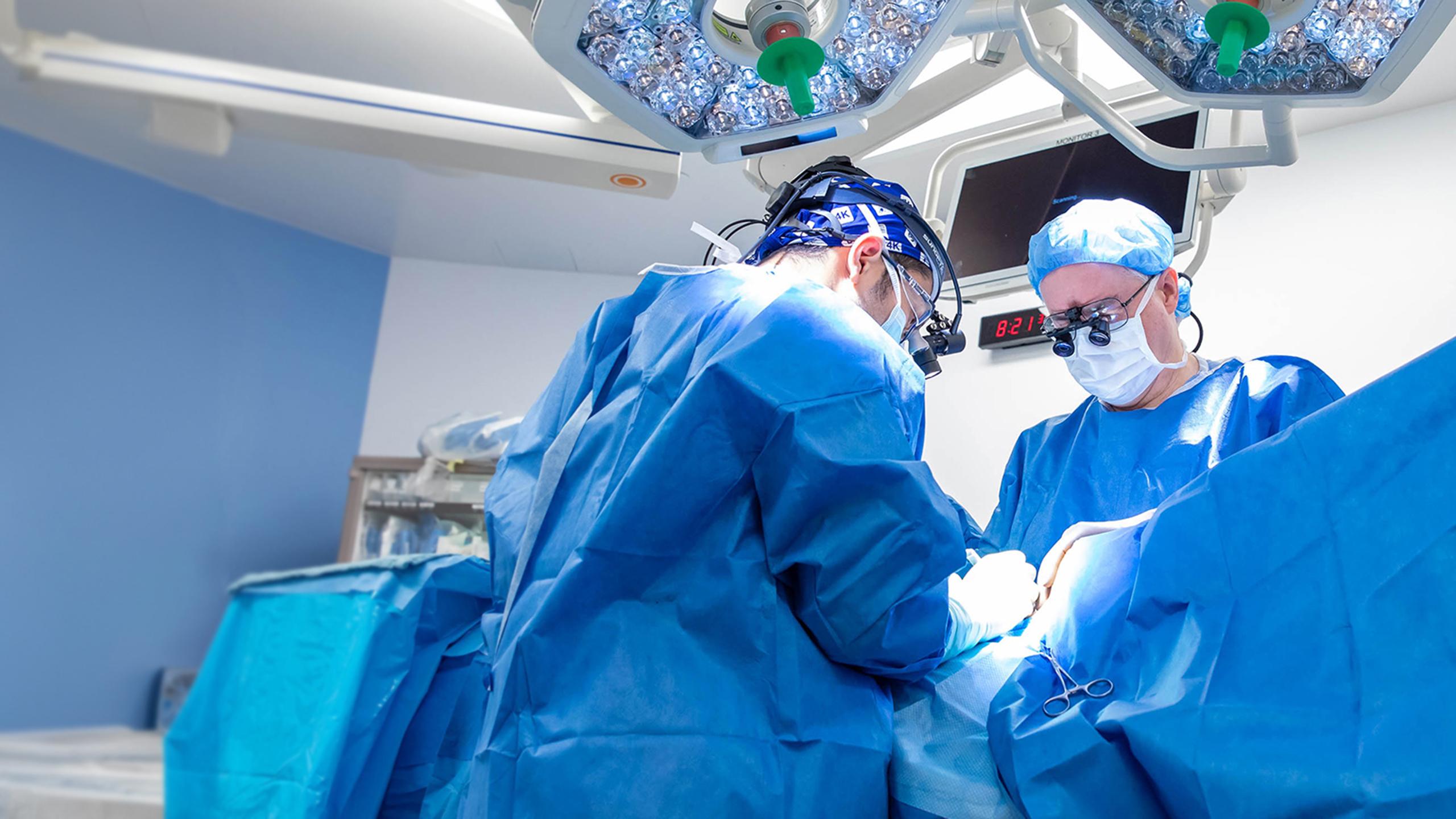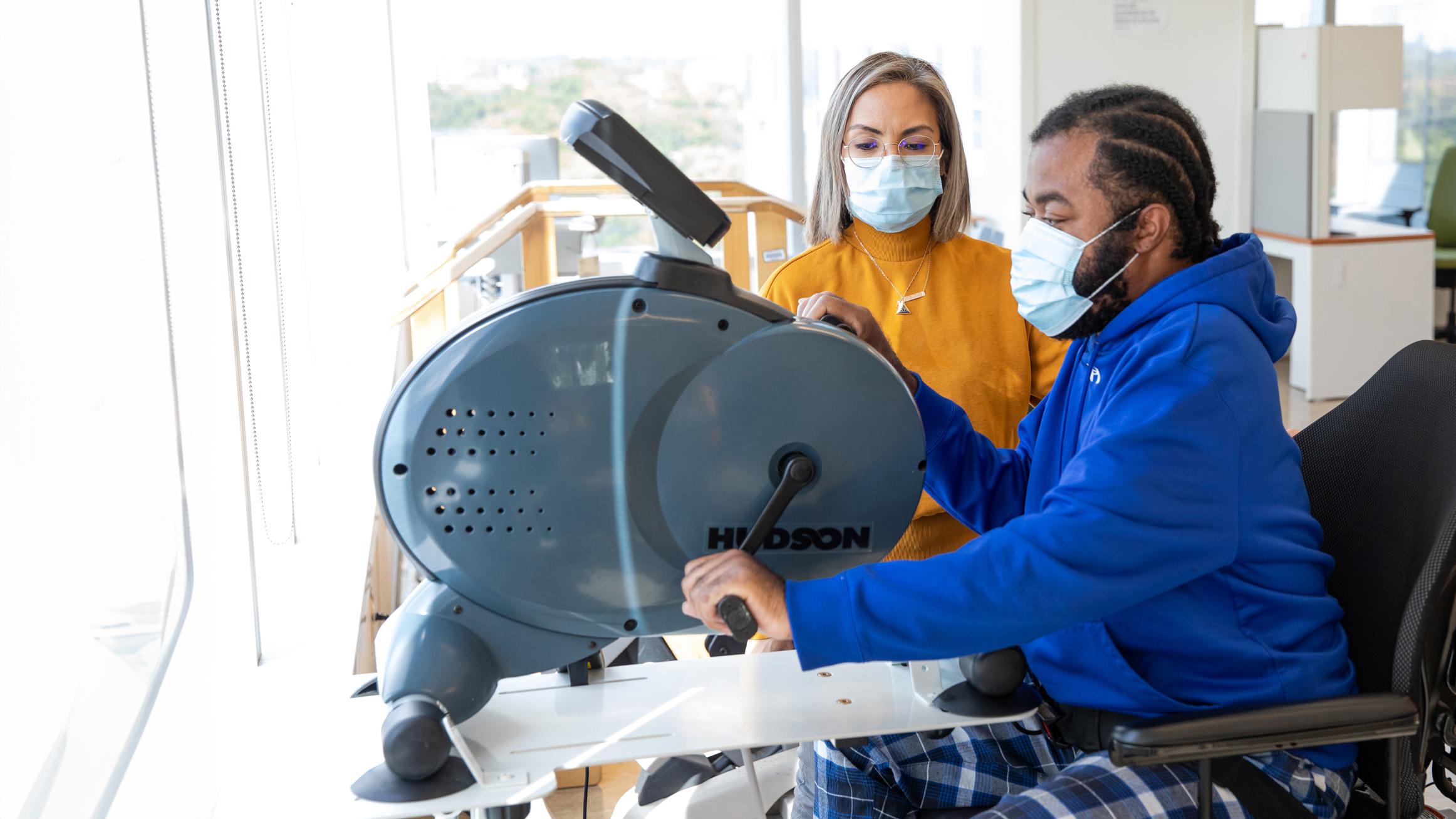Neurology Diagnostic Tests
EEG and EMG tests help diagnose and monitor certain diseases and conditions.
What we do
Diagnostic tests are used to examine and monitor symptoms like seizures, numbness, tingling and pain. These tests help your physician make a diagnosis and develop a treatment plan.
Electroencephalogram (EEG)
An electroencephalogram (EEG) is a test that measures the electrical activity in your brain. The EEG involves placing electrodes on your head that connect to a monitor. The brain’s electrical activity appears as waves on the monitor. This helps your physician detect anything unusual.
EEGs can determine if someone has epilepsy or other neurological conditions.
Sleep-deprived EEG
This type of EEG is performed early in the morning. Patients are asked to stay awake the night before the test.
Wear comfortable clothing to the test. Wash and dry your hair the evening before the appointment and do not use gel, mousse or hairspray.
Please follow any other instructions given to you when the test was booked.
You can resume normal activities after the EEG.
Your physician will interpret your results and discuss them with you at a follow-up appointment.
Electromyography (EMG)
An electromyography (EMG) test looks at the electrical activity in muscles. During the test, electrodes are placed on the skin where you are experiencing symptoms and connected to a monitor.
Then a physician inserts small needles, called needle electrodes, into your muscles. The needle electrodes detect electric activity in the muscles, which appears as waves on the monitor.
EMG is used to help diagnose muscle and nerve disorders, such as:
- Carpal tunnel syndrome
- Amyotrophic lateral sclerosis (ALS)
- Myasthenia gravis
- Muscular dystrophy
Before the EMG, a nerve conduction study is usually performed. During this test, your physician stimulates the nerve with a small electric pulse through one of the electrodes. This helps your physician determine whether there is any nerve damage.
You can resume your normal activities after your EMG.
You may have some bruising and soreness where the needle electrodes were inserted. This should go away after a few days.
Your physician will go over the test results with you either on the test day or at a follow-up appointment.
Neurophysiology Lab
600 University Avenue
16th floor
Room 1645
See maps, directions and parking for Mount Sinai Hospital.
Take the University elevators to access the lab.
EEGs
Phone: 416-586-4800 ext. 6529
Fax: 647-826-8029
EMGs
Phone: 416-586-4800 ext. 8597, option 2
Fax: 416-586-8623







